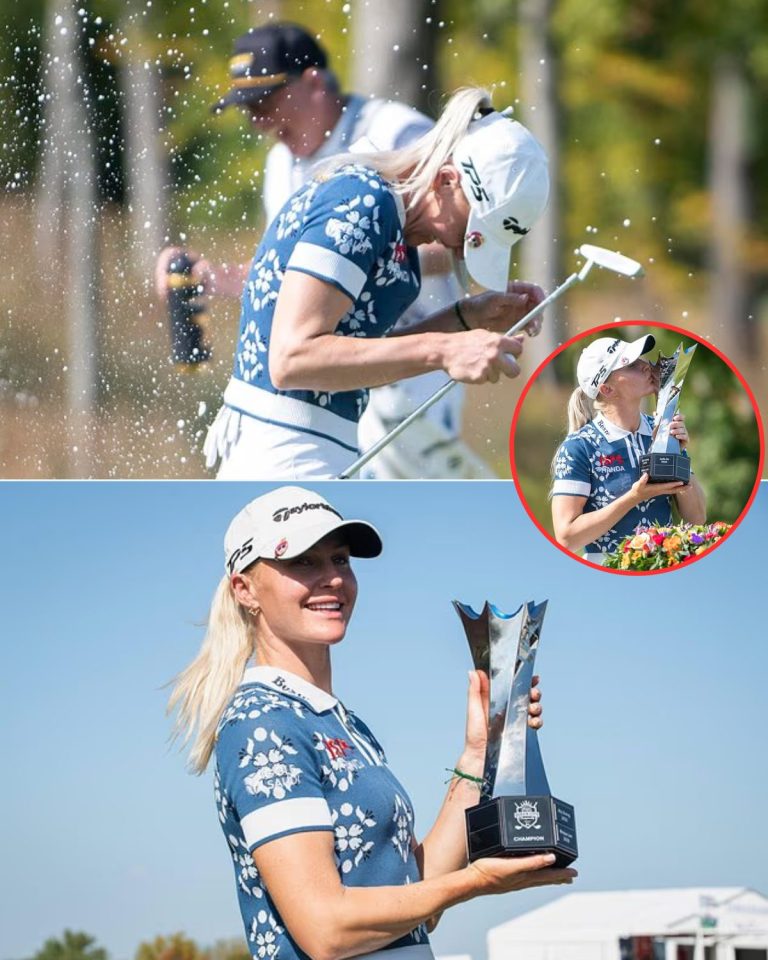From Martha Washington to Melania Trump, the women who have served as First Lady of the United States represent a thread through American history that reflects changing times, values, and expectations. The latest video, “All First Ladies of the United States in History (1789-2025),” showcases over ^57^ women who have held that role—whether by marriage to the President or in other capacities when a President was unmarried or widowed—and examines their contributions, challenges, and legacies.

In America’s early years, the role of First Lady was largely ceremonial and domestic. Martha Washington set many of the precedents—hosting state functions, managing households, entertaining foreign dignitaries—while figures such as Abigail Adams and Louisa Adams offered early examples of women engaging in political discourse behind the scenes.
Some of the early First Ladies were not Presidents’ wives but relatives. For example, when President Thomas Jefferson’s wife had died, his daughter acted in the role, and in several administrations, nieces, daughters-in-law, or other female relatives took up the duties.
Evolution Through the 19th and 20th Centuries: Social Advocacy, Visibility, and Change
As the country industrialized, and its political and social life became more complex, First Ladies began to play more public-facing roles. Dolley Madison, for example, is remembered not only for her role as hostess but for helping shape bipartisan social engagements.
Later in the 20th century, First Ladies increasingly championed social causes. Their activities included promoting public health, education, civil rights, women’s suffrage, and more. The role’s visibility expanded dramatically with media, photography, and later TV and internet exposure. The expectations of First Ladies grew: beyond hospitality, they became cultural icons and often moral or political voices.
A particularly notable point from the video’s timeline is the return of Melania Trump as First Lady in 2025 (following Donald Trump’s inauguration). This makes her one of the rare First Ladies to hold the position in non-consecutive terms; Frances Cleveland was previously the only one to do so.
The modern era also shows First Ladies wielding influence in new ways: through social media outreach, formal involvement in policy or legislation, advocacy on mental health, equality, environmental issues, and often serving as a public face for presidential initiatives. Their impact is no longer just in symbolism, but tangible in programs, awareness campaigns, and public service.


